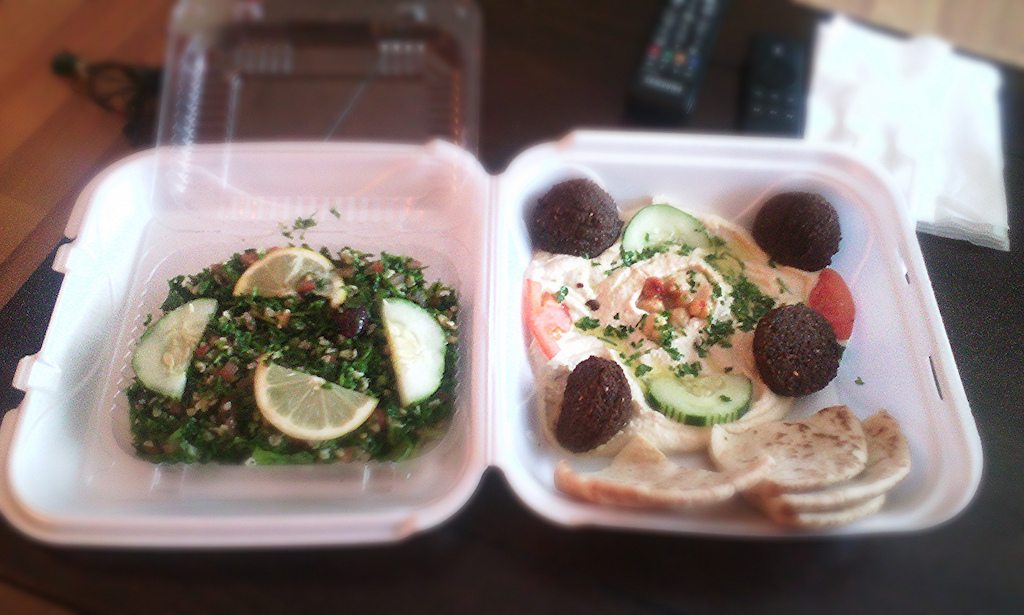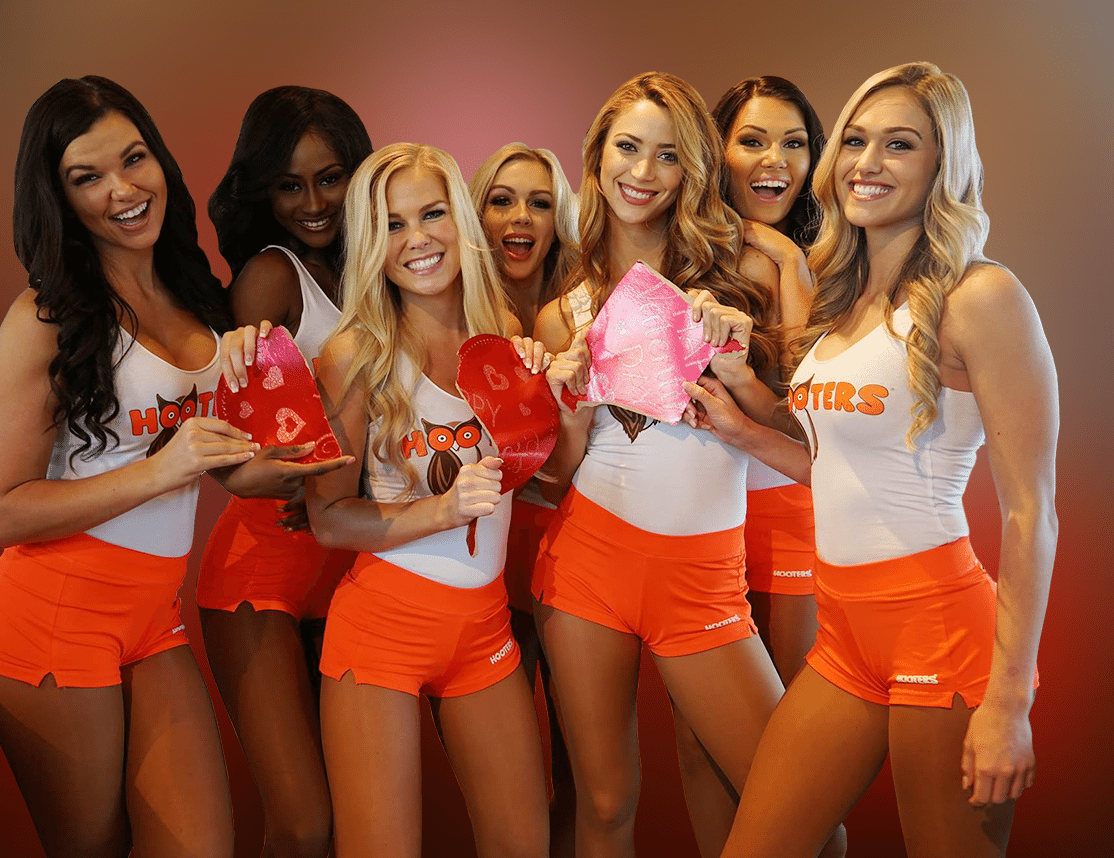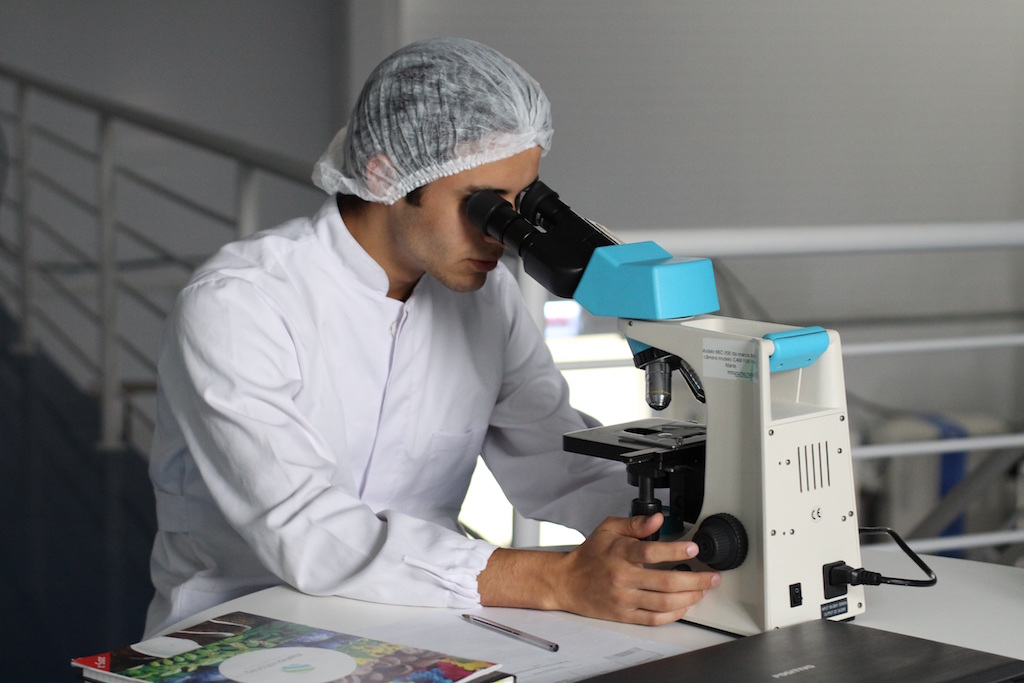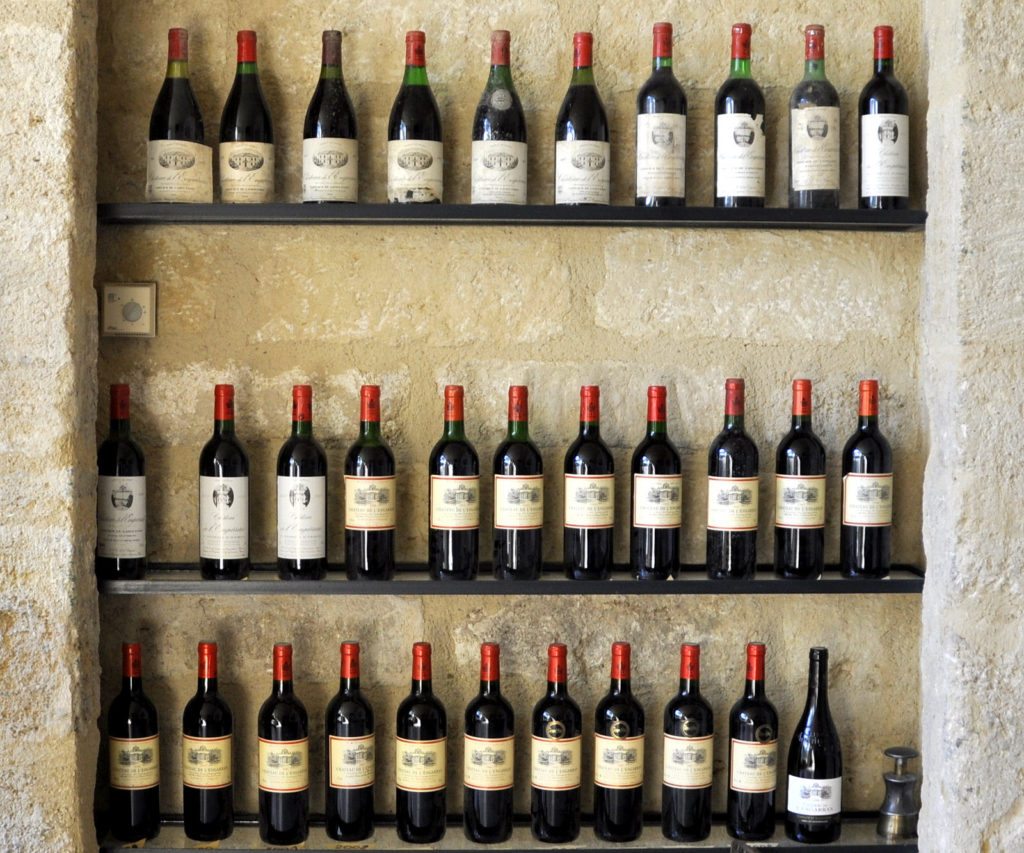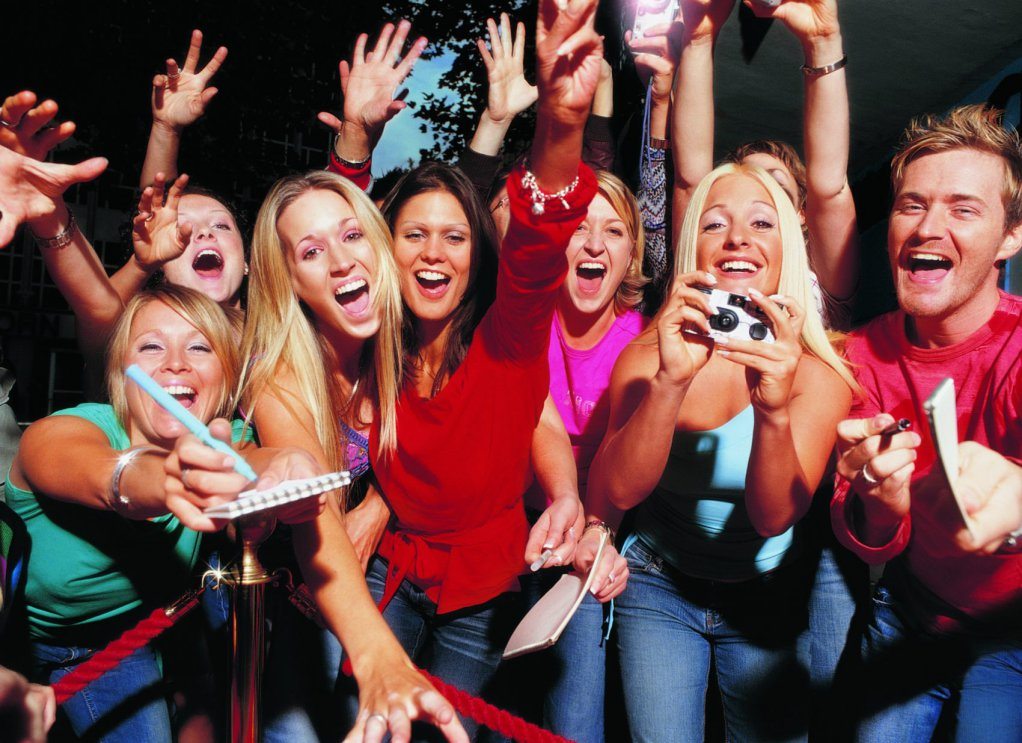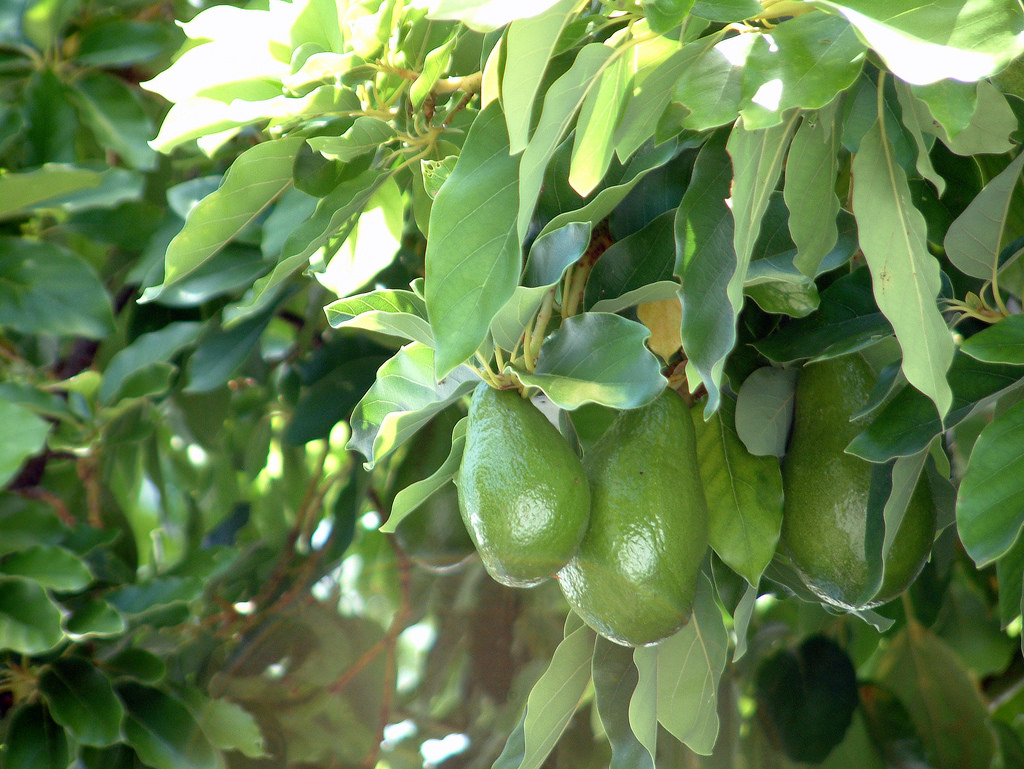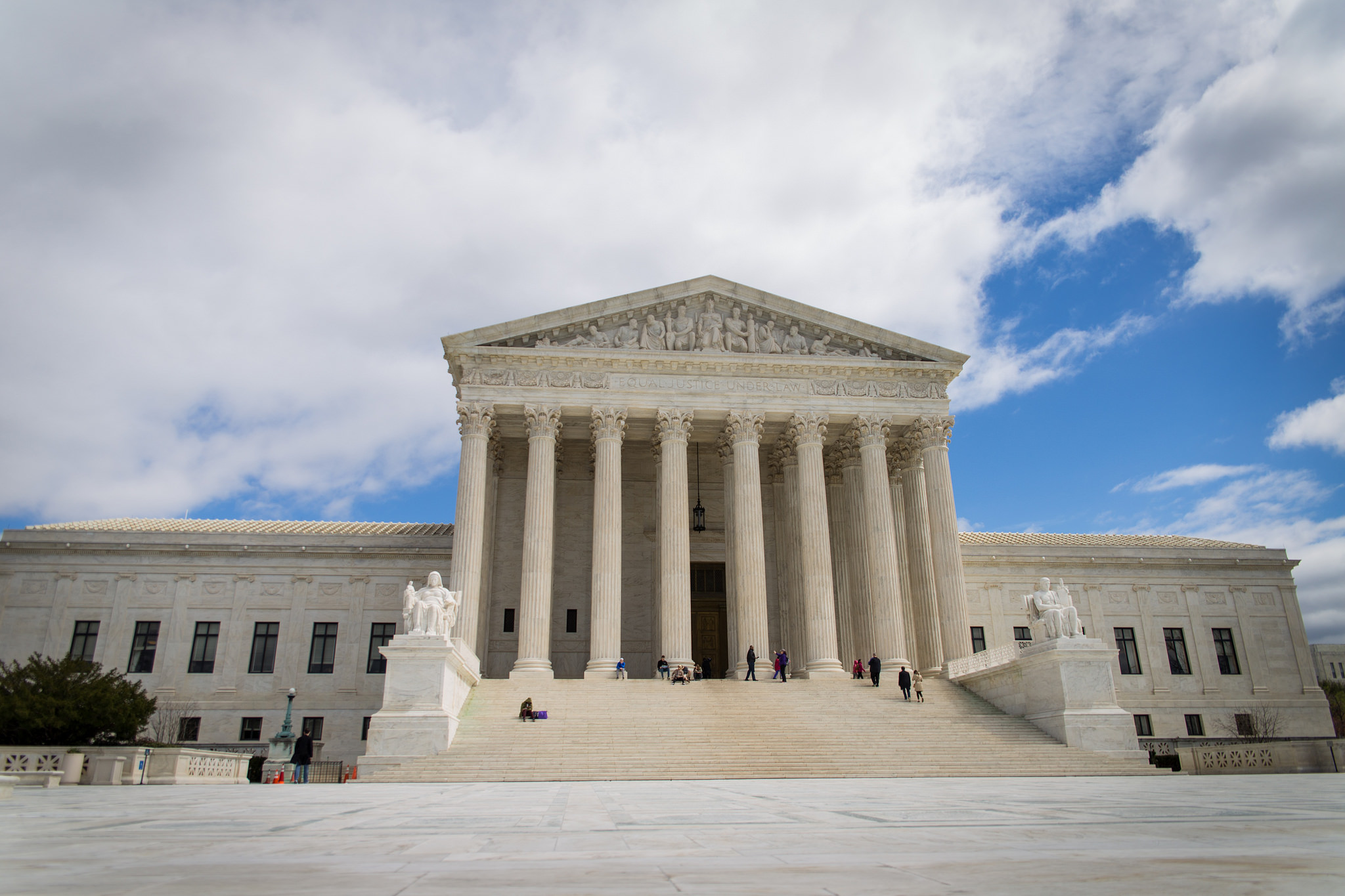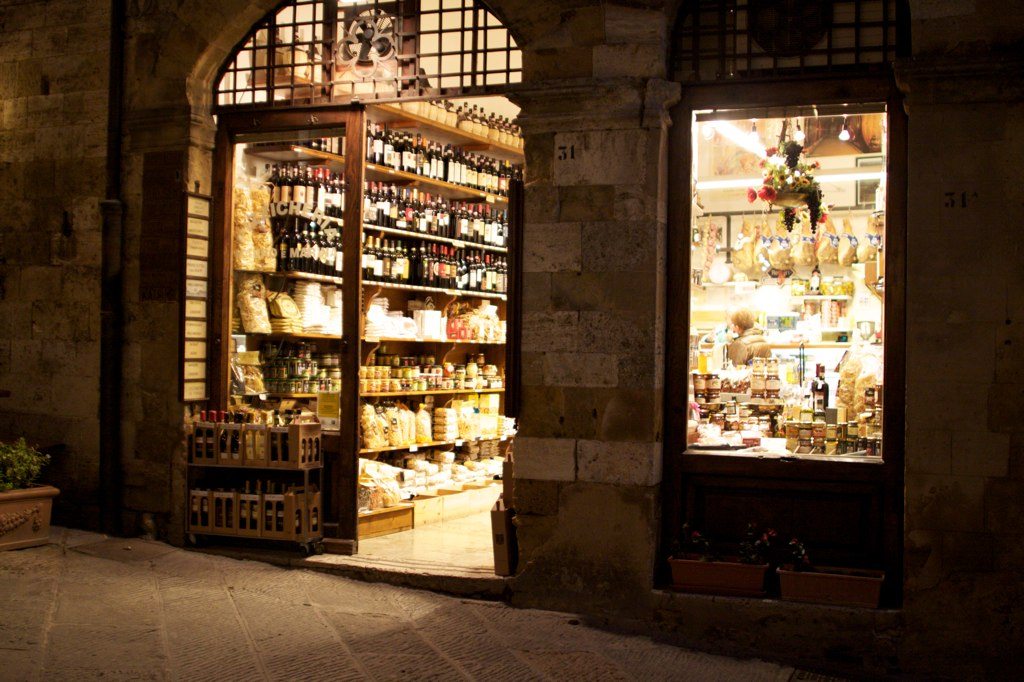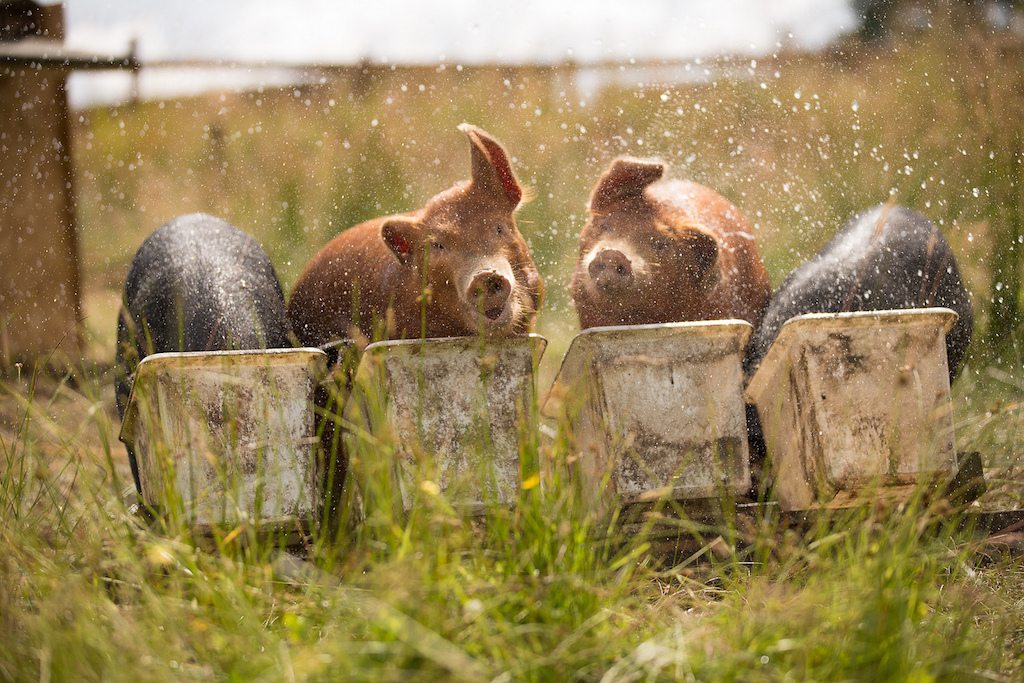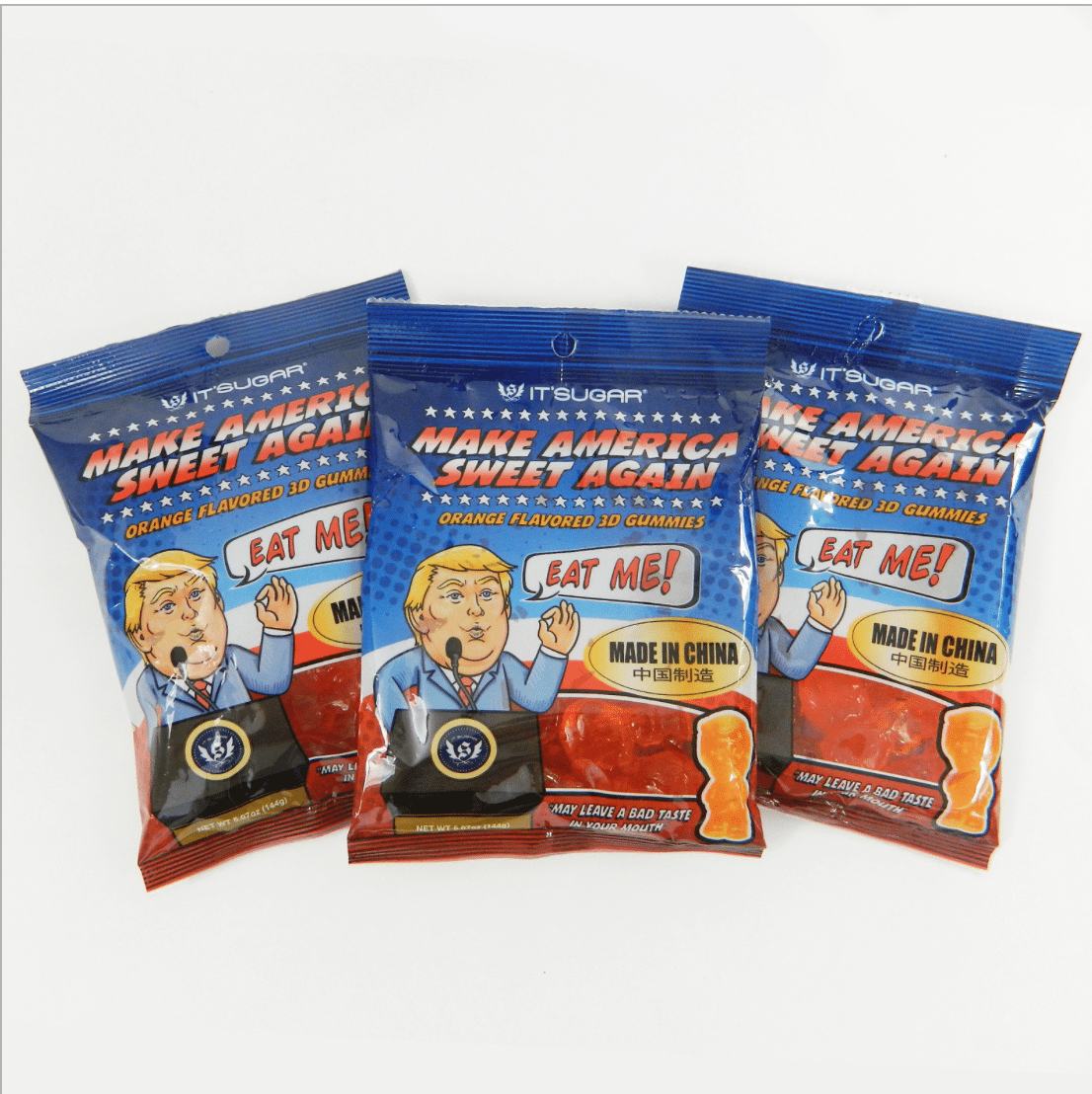Perhaps you’ve indulged in our recent coverage on how a micro-revolt in the mega food delivery business is challenging Seamless and GrubHub customers to order direct from local restaurants rather than the apps, for which restaurants pay hefty fees. But if the thought of having to add three more minutes to your digital delivery experience drives you to drink, never fear: you’ll soon be able to do just that—on demand.
If you live in LA or San Francisco, that is. Big-ass West Coast booze retailer BevMo! (“shopping for beverages should be as much fun as drinking them!”—and what’s more fun than browsing for craft beer on an app?) has partnered with third-party online food delivery service DoorDash (which delivers food from restaurants and groceries), to test delivery of beer, wine, spirits, and mixers from select LA and Bay Area stores to local residents. It’s a concept that seems to work, according to DoorDash, which last summer partnered with Anheuser-Busch to deliver beer to its customers in California, Texas, Chicago, and Miami just time for July 4th festivities.
And working concepts are just what the delivery industry needs. According to a Bloomberg piece from November on failing service, Munchery, food delivery is not an easy business: “A lot of companies have tried and failed to grind out a profit delivering food.” And TechCrunch last year wrote about what seems to tank most delivery dot coms: delivering food. “No company will provide attractive gross margins without creating and executing a sustainable new paradigm for food delivery. It comes down to perishability: Fresh food breaks tried and true delivery models, and drives costs through the roof.”
Industry analyst Bob Goldin of Technomic, on the other hand, said in our piece on Seamless that the most successful delivery startups seem to be either merchant aggregators or back-end operations that handle only the logistics of delivery. DoorDash is a back-ender, but on top of delivery logistics, it also handles marketing and fulfillment—something Goldin said was less promising because those services complicate the model and can make operations more expensive. Ultimately, differentiation may help. There are lots of delivery services, but diversifying the offerings from just food to food and booze could be a boon for DoorDash.
And having apparently cracked the consumer preferences code, DoorDash on its blog posted the following cutting-edge industry insight last June: “Nearly one out of every four alcoholic drinks consumed in the US is purchased at a restaurant or bar. Clearly people like drinks with their food.” Clearly. But New York City coulda clued you in to this alcohol delivery trend, double D: we’ve been getting wet while staying dry in our apartments since at least 1995. Though, I digress.
But speaking of New York: food-with-your-Frangelico-type delivery partnerships like DD/BM address a question that plagues all urban imbibers: Who wants to pay more at a restaurant when you can just pay more on an app? Shouldn’t a healthier portion of us have the luxury of paying double what a bottle of wine is worth? And shouldn’t we be able to do that quickly, without having to sit through an entire meal with another human?
To that, DoorDash says in a press release, cheers! “With the growing demand for alcohol delivery, we know our customers will be celebrating this partnership.” Bottoms up.
